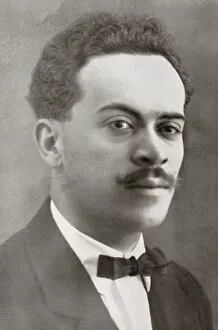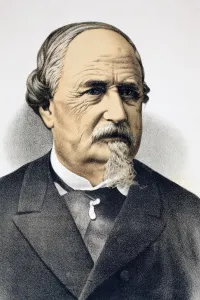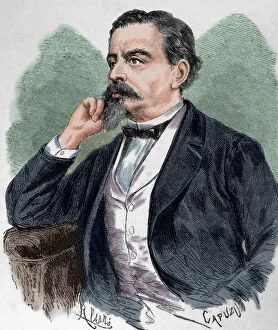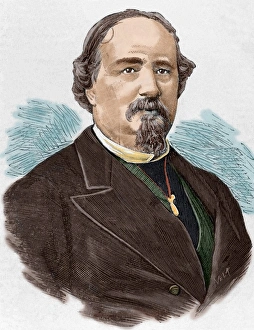Zarzuela Collection
"Zarzuela: A Melodic Journey through Spanish Operetta" Step into the enchanting world of zarzuela
All Professionally Made to Order for Quick Shipping
"Zarzuela: A Melodic Journey through Spanish Operetta" Step into the enchanting world of zarzuela, a vibrant and beloved form of Spanish operetta that has captivated audiences for centuries. With its roots deeply embedded in Spanish culture, zarzuela combines music, dance, and theater to create a truly unique and immersive experience. Federico Chueca, a renowned composer of the genre, brought zarzuela to new heights with his compositions that showcased the rich tapestry of Spanish melodies. His works like "La Reina Mora" depicted colorful scenes filled with passion and drama, while Emilio Arrieta's colored engravings beautifully captured the essence of this art form. The Zarzuela Palace holds a special place in Spain's cultural landscape as it serves as both an official residence for King Juan Carlos I and a venue for theatrical performances. From Teatro Infantil productions to grand spectacles like Don Juan Tenorio, zarzuela continues to delight audiences young and old. Tomas Breton's compositions such as "La Verbena de la Paloma" and "La Dolores" adorned many covers during their time. These masterpieces showcased the melodic brilliance that made zarzuela so popular across Spain. Francisco Camprodon Lafont's exquisite engravings further immortalized this art form by capturing its essence in vivid detail. Meanwhile, Francisco Asenjo Barbieri contributed greatly to zarzuela's repertoire with his musical genius. Rafael Millan Picazo was another notable figure who dedicated his life to composing captivating pieces for this uniquely Spanish operetta genre. His contributions were celebrated in publications such as La Esfera magazine in 1914. Whether you find yourself immersed in Posada’s advertisements or mesmerized by El Rey Que Rabio cover design at every turn, one thing is certain –zarzuela will continue to be cherished as a treasured part of Spain's cultural heritage.

















